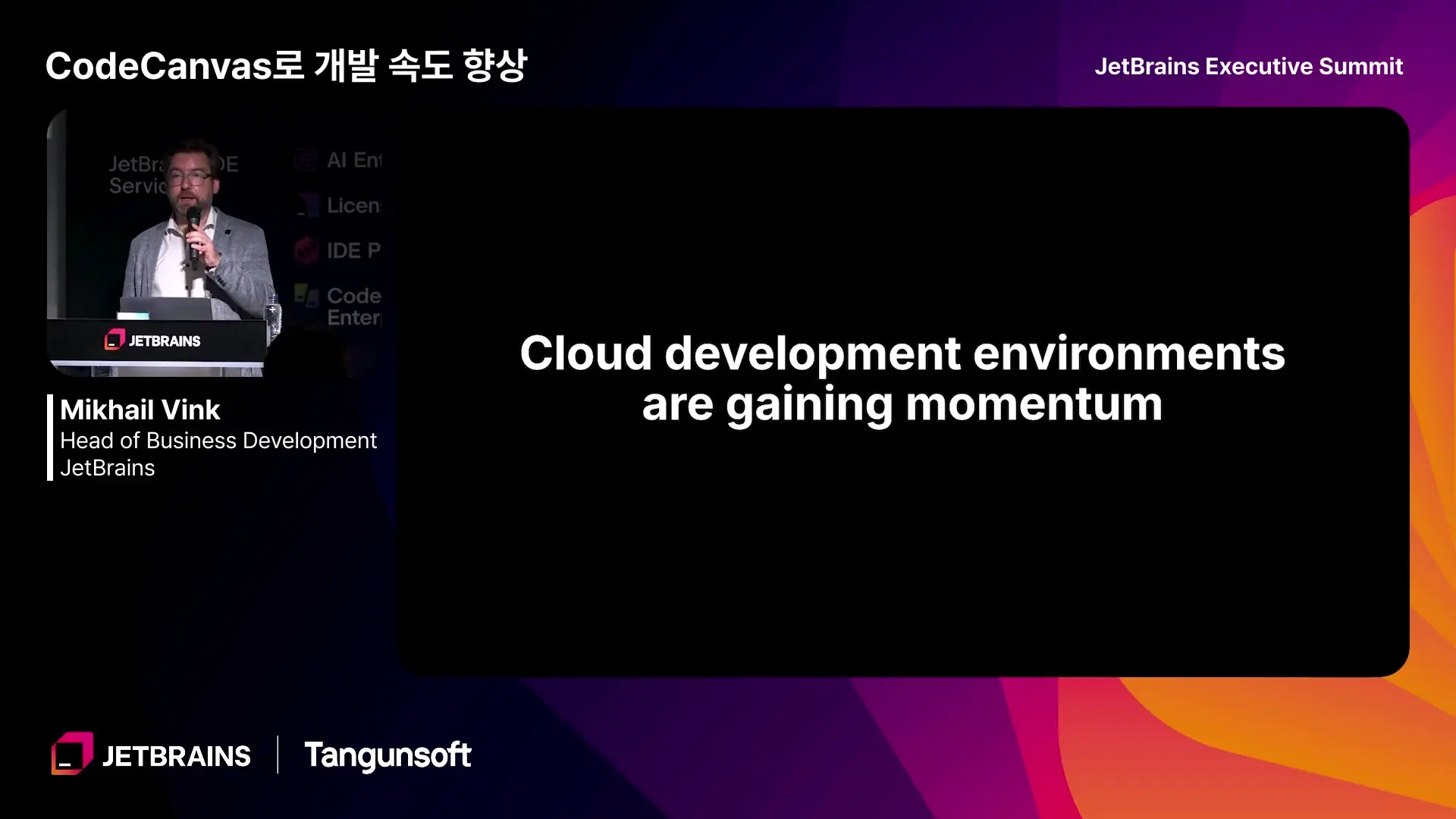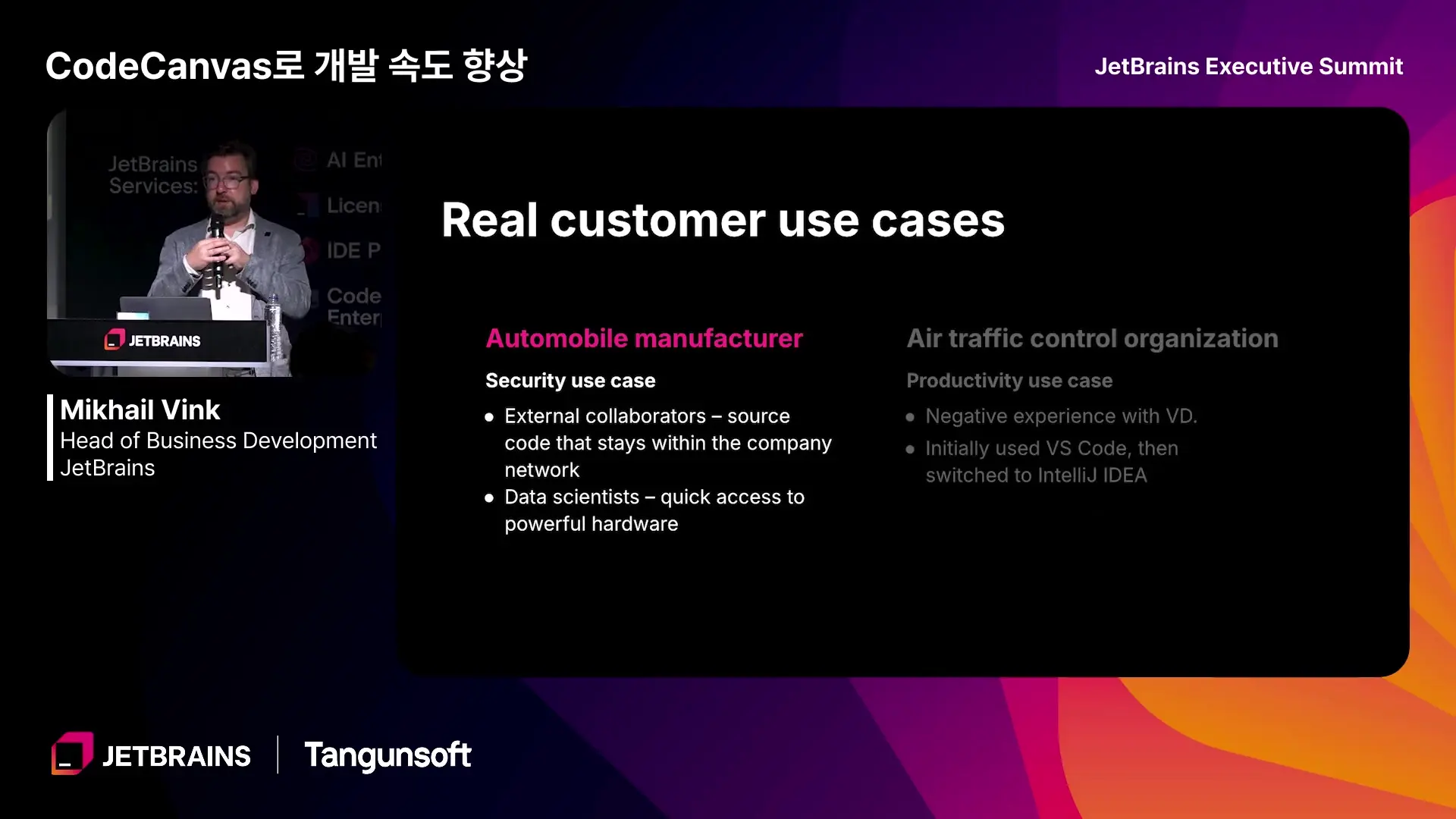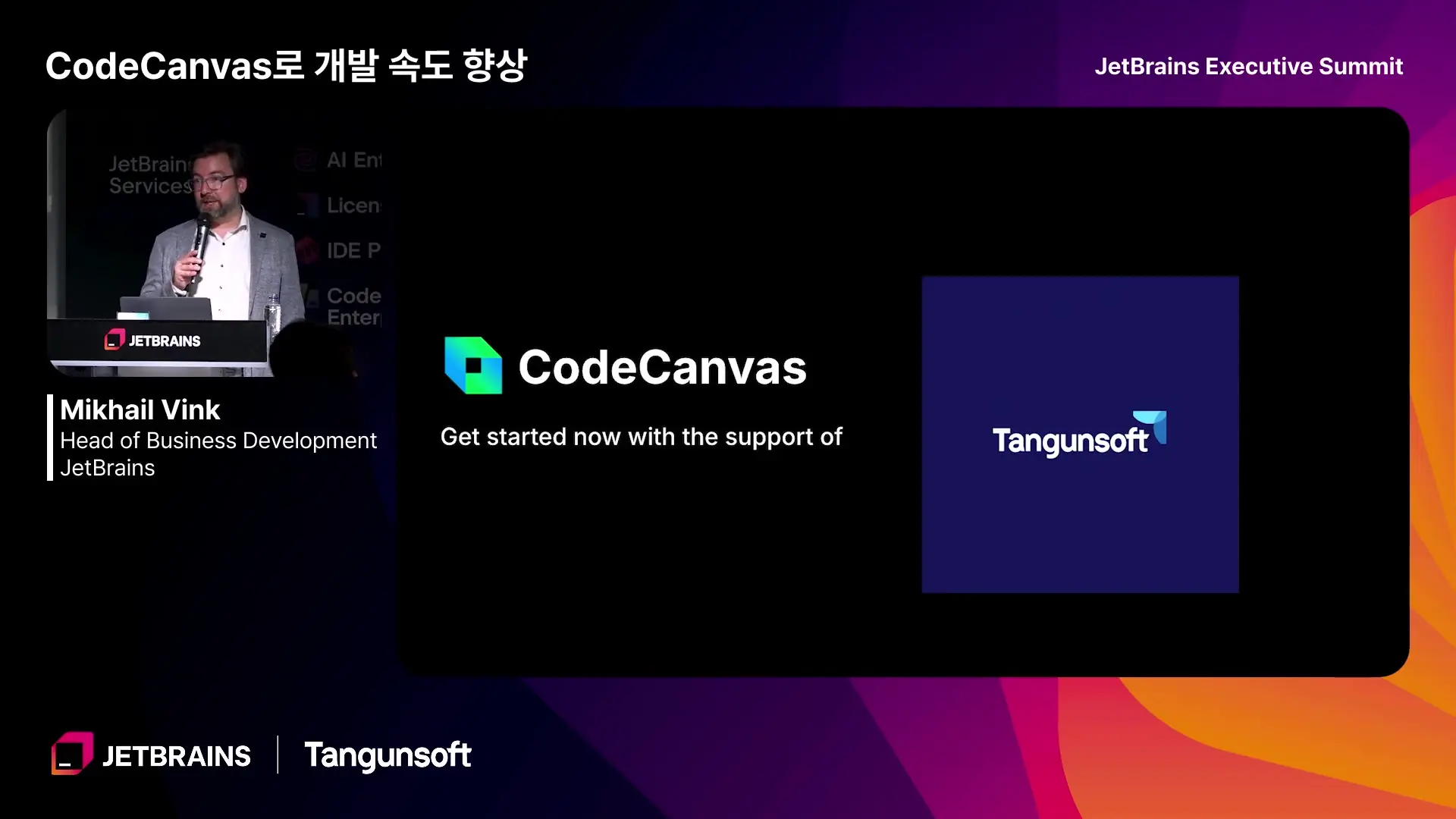
The software development landscape is rapidly evolving, with Cloud Development Environments (CDEs) emerging as a transformative approach to how developers work. This shift from local development to cloud-based workspaces is gaining significant momentum, especially in enterprise settings where security, compliance, and efficiency are paramount concerns.
What Are Cloud Development Environments?
Cloud Development Environments represent a fundamental shift from the traditional model where developers code on local machines and deploy to servers. Instead, CDEs provide virtual machines or containers running in the cloud that encompass the entire development environment. This approach is gaining traction across industries, with Gartner predicting that by 2026, 60% of cloud workloads will be built and deployed using cloud development environments.

The industry's major players have recognized this trend, with Google Cloud (Cloud Workstations), AWS (CodeCatalyst), and Microsoft/GitHub (GitHub Codespaces) all launching their own CDE offerings. These join independent providers like Gitpod and Coder in a rapidly expanding ecosystem.
Why Cloud Development Environments Are Gaining Momentum
Several key factors are driving the adoption of cloud development environments across the software industry:
1. The Rise of Cloud-Native Development and Microservices
The widespread adoption of cloud-native development and microservices architecture has fundamentally changed how applications are built. Instead of monolithic applications, developers now work with numerous smaller, interconnected services that may be written in different languages and frameworks. This architectural shift has increased complexity, as developers may need to work with thousands of microservices simultaneously, each potentially requiring different tools and technologies.
2. Enhanced Security and Protection Against Supply Chain Attacks
Supply chain attacks—where vulnerabilities are introduced through dependencies, libraries, or build tools—have become a significant security concern. Keeping development environments secure and up-to-date is challenging when developers manage their own environments. CDEs provide a centralized approach to security management, ensuring all developers work in properly secured environments.

3. Remote Work Acceleration
The COVID-19 pandemic accelerated remote work adoption, creating security challenges for organizations whose developers needed to access sensitive code from home. CDEs provide a secure solution by keeping source code in the cloud rather than on developers' personal devices.
4. Resource Limitations and Specialized Hardware Needs
Modern development increasingly requires substantial computational resources, especially for AI/ML workloads that benefit from GPU acceleration. Providing high-end hardware to every developer is expensive and inefficient. CDEs allow organizations to centralize these resources in the cloud, making them available on-demand without equipping each developer with specialized hardware.
Key Benefits of Cloud Development Environments
- Faster onboarding: Developers can start coding immediately instead of spending days setting up their environment. One financial institution reduced onboarding time from 33 days to immediate productivity.
- Standardized environments: Eliminates the "works on my machine" problem by ensuring all developers work in identical environments.
- Enhanced security: Source code never leaves the cloud, reducing the risk of data loss from stolen or compromised devices.
- Improved scalability: Developers can access powerful computing resources on-demand without hardware limitations.
- Consistent development experience: Environments can be recreated instantly if issues occur, eliminating lengthy troubleshooting.
Cloud Development Environments vs. Traditional VDI Solutions
While Virtual Desktop Infrastructure (VDI) solutions like Citrix or VMware have been used for remote development for years, CDEs represent a more developer-focused evolution of this concept. Traditional VDI provides a complete remote desktop experience but often suffers from performance issues and doesn't address the specific needs of software developers.
CDEs, by contrast, are specifically designed for development workflows, offering better performance, more granular control, and integration with development tools. They can be defined as code, allowing development environment configurations to be version-controlled and standardized across an organization.

Implementing Cloud Development Environments
Organizations looking to implement CDEs should consider the following approach:
- Define standard development environments as code, including all necessary tools, languages, and configurations
- Set up cloud infrastructure (either public, private, or hybrid) to host the environments
- Implement security controls and access management
- Provide training and support for developers during the transition
- Continuously refine environments based on developer feedback and changing requirements
Performance Considerations for Cloud Development Environments
When implementing CDEs, performance is a critical consideration. Developers need responsive environments that don't hinder their productivity. This is particularly important for applications using canvas rendering or other performance-intensive operations. Organizations should benchmark their CDEs to ensure they provide adequate performance for all development tasks, including speed tests for canvas operations and other resource-intensive processes.
For applications that utilize HTML5 canvas or JavaScript canvas heavily, it's important to ensure the cloud environment provides sufficient rendering performance. This may require specialized instances with GPU acceleration or optimized networking to reduce latency between the developer's local machine and the cloud environment.
The Future of Development: Cloud-First Approaches
As Gartner predicts, by 2028, approximately 30% of organizations in regulated industries will require cloud development environments for working with sensitive data. This shift represents a fundamental change in how software is developed, with security, standardization, and efficiency driving the transition from local to cloud-based development.
For organizations still relying on traditional development approaches, now is the time to evaluate how CDEs might improve their development processes, enhance security, and increase developer productivity. The transition requires careful planning and may face initial resistance, but the long-term benefits in terms of security, standardization, and efficiency make it a compelling evolution for modern development teams.
Let's Watch!
How Cloud Development Environments Boost Developer Productivity
Ready to enhance your neural network?
Access our quantum knowledge cores and upgrade your programming abilities.
Initialize Training Sequence